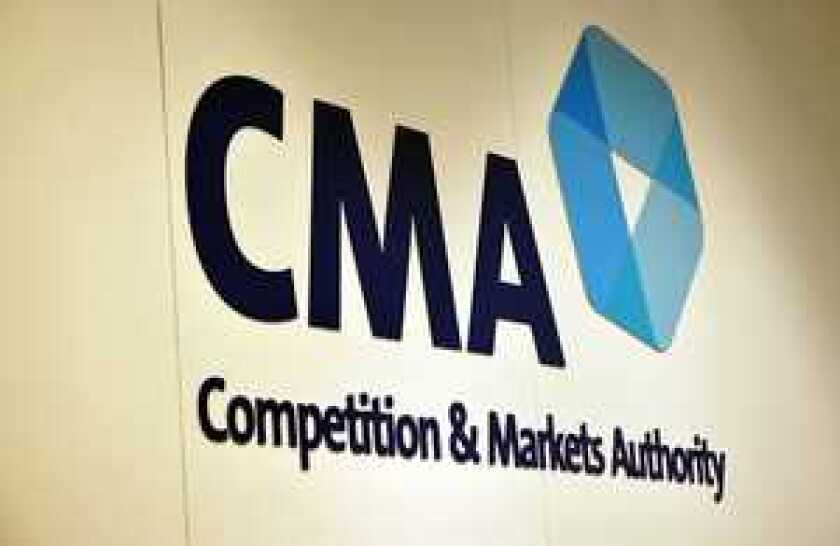The two announced the deal in November last year, with Cellnex due to acquire 24,600 towers and sites owned by CK Hutchison. The transactions include the roll-out of up to 5,250 sites over the next eight years with an investment of c. €1.4 billion including further initiatives.
If completed, according to figures released at the time, it would boost the Cellnex portfolio to around 103,000 towers and telecoms sites in total.
The CMA has been looking at the UK towers since April. On 13 July, Cellnex and CK Hutchison’s were granted five working days to offer "legally-binding proposals" to the CMA to address the competition concerns it had identified in its earlier investigations.
Today the UK regulator has confirmed it is to move to a "phase two" investigation.
The inquiry panel will be chaired by Richard Feasey, a member of the CMA’s specialist utility panel and the former group public policy director at Vodafone Group. Feasey is joined by Humphrey Battcock, Maria da Cunha and Mark Thatcher.
CMA It said the full terms of reference for this work will be made available shortly.
Competition concerns
Part of the CMA's concerns stem from Cellnex's acquisition of Arqiva in 2020. The regulator said that if the Hutchison deal progresses it is "concerned that its purchase of the large number of assets owned by Three would further strengthen its position in this market".
However, in Italy, regulators approved the purchase of CK Hutchison’s towers in June, allowing the deal to close on 1 July.
In its initial analysis of the UK market, the CMA found evidence to suggest that CK Hutchison, when considering how to monetise its passive infrastructure assets, could have sold these to an alternative buyer rather than Cellnex – which CMA referred to as an "existing market leader".
It said: "Given the loss of this alternative competition, and the limited competition that Cellnex currently faces from smaller independent tower providers and mobile network operators, the CMA is concerned that this deal could result in higher prices or lower quality services for network operators, with a knock-on adverse impact for users of mobile networks across the UK."
However, the Hutchison deal is the latest in a series of sales, purchases and sharing agreements for Cellnex.
Cellnex debuted in the UK in 2016 when it agreed to buy Shere Group for €393 million, giving it access to more than 1,000 mobile sites across the Netherlands and the UK.
The company has also invested heavily in edge infrastructure, spending up to €250 million in 2018 on building 88 “strategic telecom centres” – effectively edge computing centres – for France's Bouygues Telecom.
In January 2020 Cellnex acquired OMTEL's towers and sites in Portugal for €800 million, following an agreement with Altice Europe and Belmont Infra Holding. The following April, Cellnex bought 2,000 towers from Portugal's NOS for €375 million.
In January this year, Cellnex said it would merge its infra unit with that of Deutsche Telekom to create Cellnex Netherlands BV (Cellnex NL). Then in March, Singapore's GIC took a 2.5% stake in the towerco for $638 million.
On 9 July, Cellnex confirmed it had acquired the passive and active telecoms infrastructure of Polkomtel Infrastruktura, including 7,000 telecommunication towers and sites; around 37,000 radio carriers covering all the bands used by 2G, 3G, 4G and 5G; circa 11,300 km of fibre backbone and fibre-to-the-tower backhaul; and a national network of microwave radio links.





